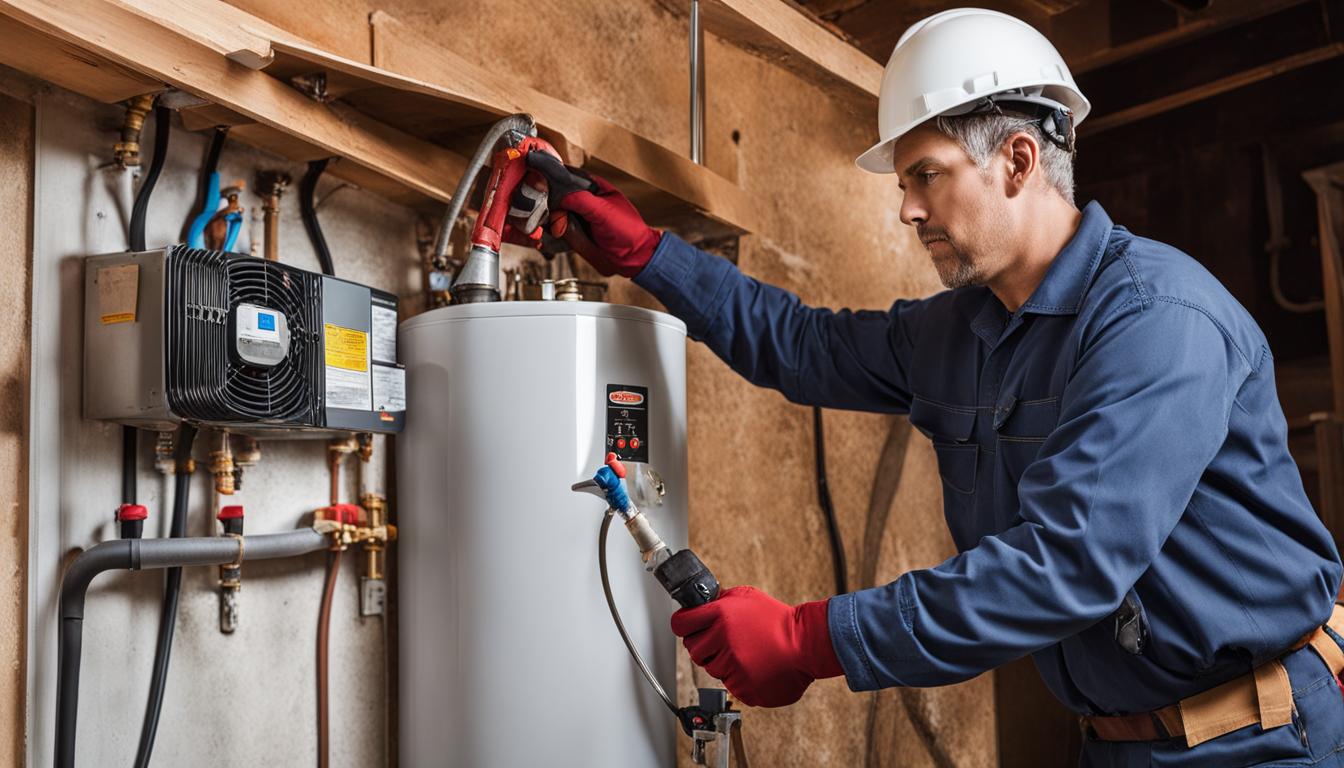Efficient Strategies for Caring for Your Home's Hot Water System
Efficient Strategies for Caring for Your Home's Hot Water System
Blog Article
What are your thoughts regarding Water Heater Maintenance Tips You Can't Afford to Forget?

Warm water is essential for daily comfort, whether it's for a revitalizing shower or cleaning dishes. To guarantee your hot water system runs effectively and lasts longer, routine upkeep is key. This post gives practical ideas and understandings on just how to maintain your home's warm water system to stay clear of disruptions and costly repair work.
Intro
Keeping your home's warm water system might seem overwhelming, yet with a couple of simple actions, you can guarantee it runs efficiently for several years ahead. This overview covers every little thing from recognizing your warm water system to DIY maintenance pointers and recognizing when to call expert assistance.
Significance of Maintaining Your Hot Water System
Normal upkeep not only expands the life-span of your warm water system however likewise ensures it runs successfully. Ignoring maintenance can bring about lowered effectiveness, greater power expenses, and even early failing of the system.
Indications Your Warm Water System Requirements Maintenance
Knowing when your warm water system requires attention can prevent significant problems. Keep an eye out for indications such as inconsistent water temperature, weird noises from the heater, or rustic water.
Understanding Your Hot Water System
Prior to diving into upkeep jobs, it's handy to comprehend the basic parts of your warm water system. Generally, this includes the water heater itself, pipelines, anode rods, and temperature level controls.
Regular Monthly Maintenance Tasks
Normal regular monthly checks can help capture small problems prior to they intensify.
Flushing the Hot Water Heater
Flushing your hot water heater eliminates debris buildup, enhancing efficiency and lengthening its life.
Checking and Changing Anode Rods
Anode rods avoid deterioration inside the storage tank. Checking and replacing them when broken is essential.
Examining and Readjusting Temperature Setups
Changing the temperature settings makes sure optimal performance and safety and security.
DIY Tips for Upkeep
You can carry out numerous maintenance jobs yourself to maintain your warm water system in top problem.
Checking for Leaks
On a regular basis inspect pipes and links for leakages, as these can result in water damage and greater bills.
Testing Stress Relief Valves
Examining the pressure safety valve ensures it functions correctly and avoids extreme pressure accumulation.
Insulating Pipelines
Insulating warm water pipes lowers warmth loss and can save energy.
When to Call a Specialist
While do it yourself maintenance is valuable, some concerns need expert proficiency.
Complicated Concerns Requiring Specialist Help
Instances consist of major leakages, electrical troubles, or if your water heater is constantly underperforming.
Regular Professional Maintenance Conveniences
Professional upkeep can include detailed evaluations, tune-ups, and guaranteeing conformity with safety and security standards.
Final thought
Normal maintenance of your home's warm water system is vital for effectiveness, durability, and price financial savings. By following these ideas and recognizing when to seek professional help, you can guarantee a trustworthy supply of warm water without unanticipated disruptions.
How to Maintain an Instant Hot Water Heater
Before tinkering with your hot water heater, make sure that it’s not powered on. You also have to turn off the main circuit breaker and shut off the main gas line to prevent accidents. Also turn off the water valves connected to your unit to prevent water from flowing into and out of the appliance. 2. When you’re done, you have to detach the purge valves’ caps. These look like the letter “T†and are situated on either side of the water valves. Doing so will release any pressure that has accumulated inside the valves while at the same time avoid hot water from shooting out and burning your skin. 3. When the purge valves’ caps are removed, you have to connect your hosing lines to the valves. Your unit should have come with three hoses but if it didn’t, you can purchase these things from any hardware or home repair shops. You can also get them from retail stores that sell water heating systems. Read the user’s manual and follow it to complete this task properly. When the hosing lines are connected, open the purge port’s valves. 4. You should never use harsh chemical cleaners or solutions when cleaning your unit. Make use of white vinegar instead. It should be undiluted and you’ll probably use about 2 gallons. 5. Now flush your water heater. This task should probably take about 40 minutes. We can’t give you specific directions for this because the procedure is carried out depending on the type, model and brand of your heater. With that being said, refer to the user’s manual. 6. When you’re done draining the unit, you have to turn off the purge port valves again. Remove the hosing lines that you earlier installed on each of the water valves. Put the valve caps (purge port) back in their respective places and be very careful so as not to damage the rubber discs that are found inside these caps. 7. Now that everything’s back in place, check your user’s manual again to find out how to reactivate your water heating system. 8. Once it is working, turn one of your hot water faucets on just to let air pass through the heater’s water supply pipes. Leave the tap on until water flows smoothly out of it. https://www.orrplumbing.com/blog/2014/september/how-to-maintain-an-instant-hot-water-heater/

I'm certainly very enthusiastic about Tips on Maintaining a Water Heater and I really hope you enjoyed reading the entry. Sharing is caring. Helping others is fun. I value your readership.
Schedule And Pricing Report this page